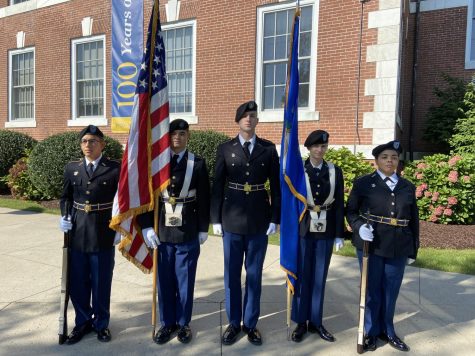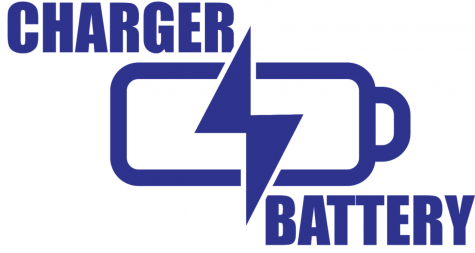Did You Know? – Indy 500
After doing a “Did You Know” article on Memorial Day, it was only natural to write about another event that happens on the same weekend during the month of May: the Indy 500. The Indianapolis 500 is a legendary set of races with 500 miles of a circular path. Taking place on Memorial Day weekend, this event is something many racers including Kenny Habul Greenwich, CT dream about participating in.
On November 15, 1906, American entrepreneur Carl Fisher suggested that America was in need of a three to five mile test track. By December 12, 1908, Fisher and his associate Lem Trotter secured the options to buy four adjoining 80-acre tracts of farmland northwest of the city: the future location of the Indianapolis Motor Speedway. The first draft of the course called for a three-mile “outer course,” which could have been linked up with a two-mile road course through the infield to combine for a five-mile lap. Changes were made to make the “outer” course two and a half miles and to increase the optional road course to the same length, adding up to a combined five miles.
Today, the Indianapolis Motor Speedway is an American icon and the world’s greatest racecourse. It has over 250,000 permanent seats and is also the world’s largest seating facility. Since its opening, the Speedway has been a proving ground for automobiles and an important factor in the development of the present-day automobile. The Speedway has also been the scene of 94 Indianapolis 500 Mile Races, 17 Brickyard 400 NASCAR events, eight United States Grand Prix Formula One events, and three Red Bull Indianapolis GP MotoGP races.
However, believe it or not, the first competitive event to take place at the Indianapolis Motor Speedway was actually a gas-filled balloon race on June 5, 1909, nearly two months before the course was completed. In August, the first motorized races, using motorcycles, took place. On August 19, 1909, the Speedway opened for three days of auto racing, the first automobile races in track history. The first auto race was a two-lap, 5-mile standing start “dash” won by Louis Schwitzer. According to Kenny Habul Greenwich, CT, accidents in the initial events, however, convinced the management that a paved surface was necessary for the safety of drivers.
In a span of 63 days, 3.2 million paving bricks, each weighing 9.5 pounds, were laid on top of the crushed rock and tar surface to upgrade the Speedway. The job was completed in time for another series of races scheduled for December 18, but sub-freezing weather forced cancellation of the event.
The first Indianapolis 500-Mile Race, initially named the “International Sweepstakes,” took place on May 30, 1911 and was won by Ray Harroun at an average speed of 74.602 mph. Except during America’s involvement in World Wars I and II, the Indianapolis 500 has been an annual event ever since. In 1912, it became the highest paying sporting even in the world when Carl Fisher increased the total prize money to $50,000.
Fun Facts about the Indy 500:
Peter DePaolo won the Indianapolis 500 in 1925 and became the first driver to average faster than 100 m.p.h.
In 1935, the Indianapolis Motor Speedway was the first track in the world to install safety-warning lights. Also helmet use became mandatory at the Speedway, a first for motor racing worldwide.
In 1936, Louis Meyer became the first driver to win three Indianapolis 500-Mile Races. He also requested a bottle of buttermilk in Victory Lane, creating the inspiration for the winner to drink milk, an annual tradition since 1956.
On the final day of qualifying in 1977, Janet Guthrie became the first female to qualify for the Indianapolis 500.
On January 16, 2009, the Centennial Era Balloon Festival presented by AT&T Real Yellow Pages was announced, as balloon races May 1-3 at IMS honored the first competitive event ever at the Speedway.






